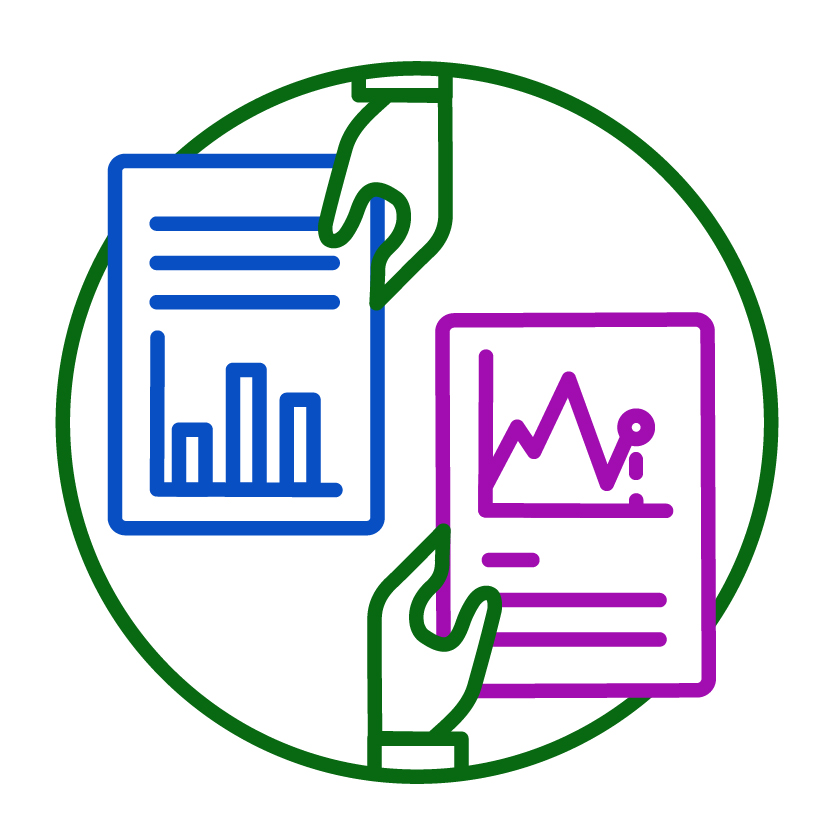Principles to include data
|
|
There are 4 principles that guide what data to include in the Data Asset. |
|
|
Principles are ideas that are important. |
|
|
The National Disability Data Asset Council created these principles. In this document, we call them ‘the Council’. |
|
|
The Council is a group of people who make sure the Data Asset is being used in the right way. |
|
|
People who want to include new data in the Data Asset will need to start using the principles from 2026. |
Does the use of data follow the National Disability Data Asset Charter?
|
|
The National Disability Data Asset Charter includes rules about how people must use the Data Asset. |
This includes rules about how people work with the disability community to: |
|
|
|
|
|
|
|
People need to think about: |
|
|
|
|
|
|
|
|
|
It’s important for people to follow these rules to build trust in the Data Asset. |
|
|
You can find out more about the National Disability Data Asset Charter on our website. |
Is the data useful?
|
|
The data in the Data Asset should be useful. |
|
|
There might be things that stop data from being useful. |
|
|
For example, if the data hasn’t been collected in the same way. |
Does the data support new ideas and understanding?
|
|
People should think about if the data to include in the Data Asset can support new ideas and understanding. |
For example, if the data will tell us about: |
|
|
|
|
|
|
|
|
|
Human rights are rules about how people must treat you:
|
The data might also give us proof to help change: |
|
|
|
|
|
|
|
|
|
|
|
|
|
Is the data about a community?
|
|
Sometimes data might be about a certain community. |
|
|
Communities should be included in decisions about if this data should be added to the Data Asset. |
























